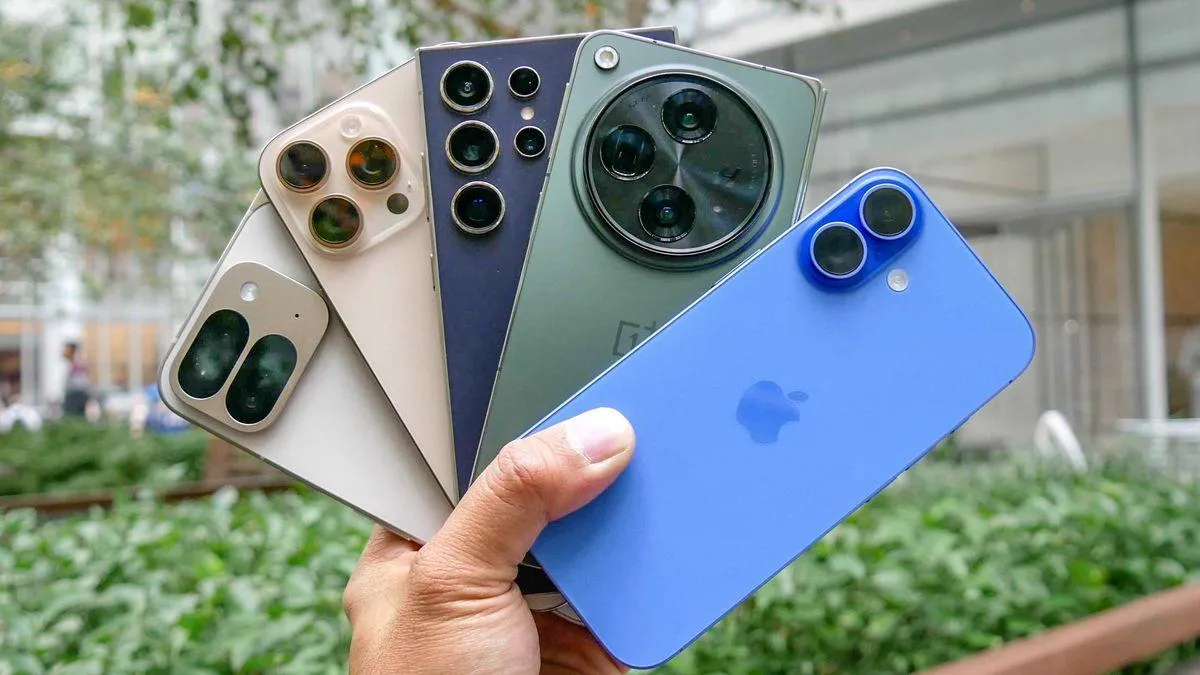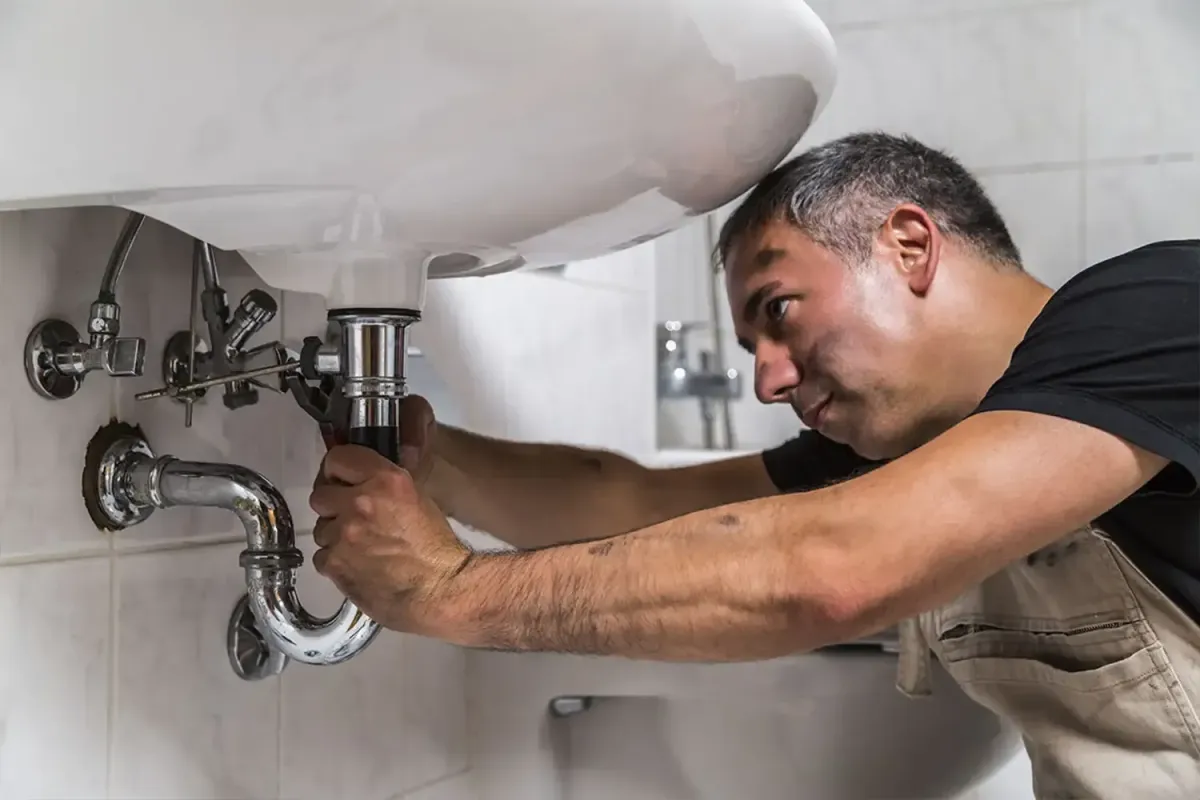
The Average Number of Devices Per Household in the US (2025)
In 2025, technology is a cornerstone of daily life, and it’s no surprise that the number of devices in the average American household has grown. But just how many devices are we talking about? According to recent studies, the average U.S. household now boasts 25 connected devices, a staggering increase from just 11 in 2019. That’s more than double in under a decade!
What’s driving this increase? Beyond smartphones, which almost every adult and teenager seems to have glued to their hands, homes are filled with smart TVs, tablets, laptops, wearables, gaming consoles, and even connected appliances like smart fridges and voice assistants. In fact, 82% of households now own at least one smart home device, while 68% own more than two.
Let’s break this down a little further with the numbers:
Smartphones: Nearly every household has at least two smartphones, with an average of 2.6 per household.
Smart TVs: Around 75% of households own a smart TV, and many have more than one.
Laptops and Tablets: On average, there are 4-5 portable computing devices (laptops and tablets combined) in each home.
Smart Speakers: Over 40% of households own a smart speaker like Amazon Echo or Google Nest.
Wearables: Fitness trackers and smartwatches are gaining popularity, with around 1.5 devices per household on average.

A Look at the Rapid Growth of Connected Devices
Why the dramatic uptick in connected devices? There are a few key reasons:
Increased Affordability: As technology advances, the cost of devices drops. Smartphones and tablets that once cost a fortune are now available at every price point.
Smart Homes on the Rise: Americans are increasingly embracing smart home ecosystems. Whether it’s smart thermostats or video doorbells, these gadgets add convenience and security, making them a must-have for modern living.
Work-from-Home Shift: The pandemic accelerated remote work trends, leading households to invest in laptops, webcams, and other work-from-home essentials.
Entertainment at Home: With the rise of streaming platforms and online gaming, more families are outfitting their homes with high-quality tech for entertainment.
By the Numbers: Device Ownership Trends
Let’s take a closer look at some of the most popular devices and their adoption rates:

These figures illustrate how connected devices have become integral to the modern American household.
The Rise of IoT (Internet of Things)
One of the biggest contributors to this surge is the growth of IoT devices. Think about it: 15 years ago, your coffee machine wasn’t “smart,” your thermostat wasn’t programmable, and your lightbulbs couldn’t change colors via an app. In 2025, these IoT devices are commonplace. In fact, it’s estimated that the average household now owns 10 IoT-enabled devices, accounting for nearly half of the total connected gadgets.
Popular IoT categories include:
Smart Home Assistants: Devices like Amazon Alexa and Google Assistant are central to controlling smart homes.
Smart Appliances: From refrigerators that notify you when groceries run low to washing machines you can start remotely, these devices are transforming chores.
Smart Security Systems: Cameras, motion detectors, and smart locks provide peace of mind with just a glance at your smartphone.
How Much Does This Cost?
With so many devices under one roof, you might wonder about the financial implications. The average American household spends about $3,400 per year on technology. This includes initial device purchases, upgrades, subscriptions (think streaming services), and maintenance.
Breaking it down further:
Smartphones: The average cost of a new phone is around $800, and most households replace their devices every 2-3 years.
Smart Home Devices: These range widely, from $20 for a smart bulb to $300+ for a smart thermostat.
Streaming and Gaming Subscriptions: Services like Netflix, Spotify, and Xbox Game Pass add an average of $500-$700 annually to the household budget.

The Future of Device Ownership
As we move beyond 2025, the number of devices per household is expected to climb even higher. Predictions suggest that by 2030, the average household could have 35 connected devices, driven by advancements in AI, 5G connectivity, and the increasing reliance on technology for daily tasks.
Emerging trends to watch include:
AI-Powered Devices: From autonomous vacuum cleaners to AI-driven personal assistants that can learn and predict your needs.
Health Tech Integration: More households are investing in devices like blood pressure monitors and sleep trackers.
Eco-Friendly Gadgets: Sustainability is a growing concern, leading to a rise in energy-efficient and eco-conscious devices.
Fun Facts About Device Ownership
The most commonly misplaced device? You guessed it—the TV remote.
Americans spend an average of 6 hours a day using their smartphones, with social media apps like TikTok and Instagram leading the pack.
Despite the tech boom, 15% of U.S. households still rely on traditional landline phones—proof that some habits die hard!
The Hidden Costs of Device Ownership
Owning 25 devices isn’t just about the upfront cost; there are hidden expenses to consider:
Electricity Usage: Each device adds to your power bill. On average, connected devices can increase energy costs by $300–$500 annually.
Repairs and Replacements: Smartphones and tablets are especially prone to damage. Nearly 50% of households reported repairing or replacing a device in the past year.
Cloud Storage Subscriptions: With so many devices generating photos, videos, and files, 60% of users pay for cloud storage, averaging $100 per year.

Device Overload: Are We Too Connected?
With so many devices, are we approaching tech saturation? Studies suggest that 43% of Americans feel “overwhelmed” by managing their gadgets. Common issues include:
Device Fatigue: Constant notifications and updates can cause stress.
Compatibility Problems: Not all devices play nicely together, leading to frustration.
Tech Dependency: Many households admit they can’t function without Wi-Fi or their smartphones.
Despite this, most people agree the benefits outweigh the downsides. Smart devices make life easier, more productive, and often more fun.
Generational Differences in Device Ownership
Different age groups have varying preferences when it comes to tech. Here’s how it breaks down:
Gen Z (Ages 10-25): Most connected generation with an average of 4.5 devices per person, including smartphones, tablets, and wearables.
Millennials (Ages 26-41): Tech-savvy and practical, averaging 4 devices per person, with laptops and smart home devices being favorites.
Baby Boomers (Ages 57-75): Slower adopters but catching up. 68% own a smartphone, and smart TV ownership is rapidly growing.

The Environmental Impact of So Many Devices
With the surge in device ownership comes environmental challenges:
E-Waste: Americans generate about 7 million tons of e-waste annually, much of it from outdated or broken devices.
Energy Consumption: The increasing number of connected devices contributes to higher carbon emissions, with the average smart home consuming 20% more energy than a non-connected one.
Recycling Solutions: Fortunately, many companies now offer trade-in and recycling programs. Brands like Apple and Samsung recycle old gadgets, keeping them out of landfills.
How the U.S. Compares Globally
The U.S. is one of the most connected countries, but how does it stack up against others?
South Korea: Leads the world with an average of 28 devices per household, thanks to rapid adoption of 5G and IoT.
Japan: Averages 21 devices per household, with a focus on robotics and smart appliances.
Germany: Around 19 devices per household, prioritizing energy-efficient technology.
Wrapping It Up
The number of devices per household in the U.S. is a testament to how deeply technology is woven into our lives. From morning alarms on your smartwatch to winding down with Netflix on your smart TV, these gadgets have transformed how we live, work, and play.
As technology continues to evolve, it’s exciting (and a little overwhelming!) to think about what the next wave of innovation will bring. One thing’s for sure: our homes are only getting smarter.
What about your household? How many devices can you count right now? Share your thoughts in the comments below!






